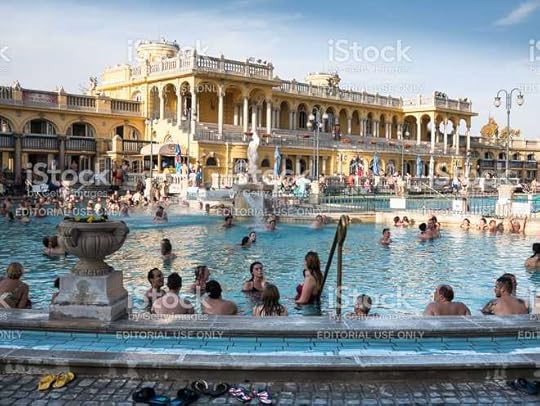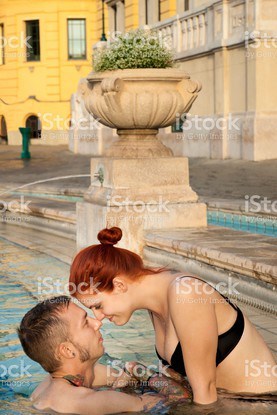Take a spa break
Pearl of the Danube, City of Bridges and City of Spas, it has many names. Budapest wears its many names with aplomb. During the communist reign, it was also known as the Happiest Barrack in the Eastern Bloc. That title wouldn’t have come without reason.Coming back to spas, there is an interesting history about them. When the early residents of Budapest discovered that there were innumerable natural springs of warm water lying within the womb of the city, they decided to set up thermal baths. The Celts are known to have enjoyed the warm spring waters as healing water and baths.

In the first century, Romans established a province called Pannonia in what is known as the Obuda district today. Ruins of elaborate Roman baths in the Aquincum area vouch for the fact that the Romans enjoyed the medicinal water available in the area. Not surprising since Budapest is known to have more than a 100 springs, perhaps the largest number in any other capital.In the 13th century, the knights of St John built their healing centre where Rudas Bath stands today.
When the Ottoman Turks conquered the city in the 16th century, they were delighted to discover the natural springs. Known for their fascination for baths, they set up several ornate baths around the city, most of them around the Danube. Like the Celts, Romans and the knights, they used the deep underground hot spring waters in the baths for bathing, healing and relaxing. In the next 12 years of Sokoli Mustafa’s reign, many Turkish baths are built. Special tiles and pipes were imported from Turkey for this purpose.
Octagonal Turkish pools (known as ilidzas by the locals) topped with beautiful domes with multi-coloured glasses attracted the inhabitants and the bath culture of the city took a serious turn. Several of them like the Rudas, Kiraly and Veli Bej Bath, dating between 1550 and 1600s are still functional.
This was also the time when aqua therapy was advocated by doctors and the healing spa waters became very popular with the locals. Gellert Hotel, which has a beautiful spa, was constructed in the early 20th century when Ödön Lechner, who was known as the Gaudi of Hungary, began designing art nouveau structures.

More baths were added and the old ones renovated as the popularity of the thermal baths began drawing tourists to the place and in the early 20th century, Budapest was declared as the City of Spas.Today, there are more than 15 baths for the public. Many upscale hotels have their own spas. Parties are held in some of the baths like Rudas Bath (on Friday and Saturday nights) and guests can enjoy music and light effects, along with their bath.
Many of the city’s baths are unisex in nature, especially during the weekends. Szechenyi baths and pool, an architecturally stunning bath, is about a 100 years old and is one of the most popular ones today. It even offers short guided tours for the visitors.Besides the bath, one can book a session of massage, mud therapy or hydrotherapy. Most baths have various bath tickets. Full day tickets usually include the use of all bath pools and facilities but not personal services like massage, manicure, etc.
(Published in The Sunday Tribune, November 6, 2016)
Filed under: Travel Tagged: Ödön Lechner, Budapest, Celts, City of Bridges, City of Spas, Gellert Hotel, hydrotherapy, Kiraly, Ottoman Turks, Pearl of the Danube, Romans, Rudas Bath, Spa, Szechenyi











